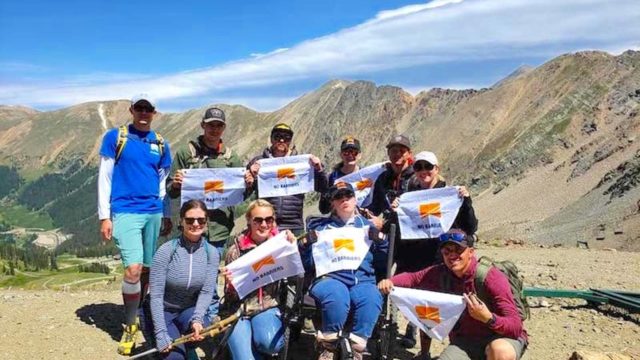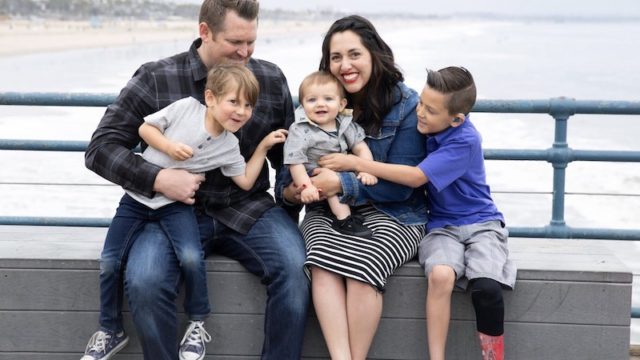Aconcagua, my 3rd of the Seven Summits. Elevation: 22,841’ (6,962m) — the highest point in the Andes of Argentina and Chile; the highest point in the southern hemisphere; the highest point in the Americas; and the highest point outside of Asia. It took me and my team two tries to reach the peak — falling short of our goal in ‘97, finding success in ‘99 — a lesson in patience and perseverance that sticks with us all to this day.

Aconcagua is referred to as the “Slag Heap” by many mountaineers. It’s covered by talus: bowling ball-sized rocks all jumbled on top of each other. Even more difficult than the talus is the penitentes, formed when the sun melts deep holes in the snow and cold winds scour the surface into frozen icy pinnacles, from 6 inches to 6 feet tall. A lot of the climbing isn’t technically difficult, but the talus and penitentes are incredibly challenging and slow-going for a blind person. This, plus the mountain’s relentless gale-force winds, and it’s a real nightmare.



Whipping winds and biting cold turned us back 1,800 feet from the top on our first attempt…but as my teammate, Jeff said, “When you try big things, you gotta expect to fail sometimes.” I later recalled in Touch The Top of The World, “His words took the edge off my sadness and gave my brain something to hang on to throughout the long hike down.” When we returned a year later, we got better weather, and after another grueling haul, this time I was able to proudly hold up my Glaucoma Research Foundation banner at the peak.
Over the years I’ve learned firsthand that the mountains possess limitless power — and so do we. #NoBarriers







